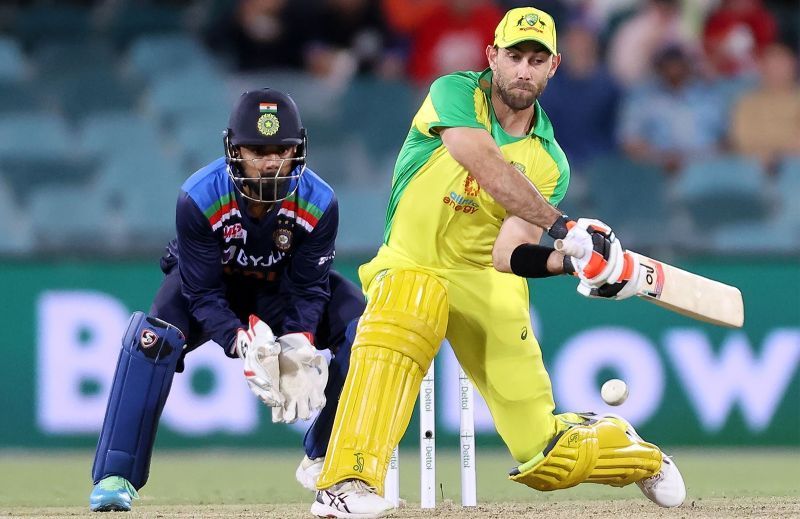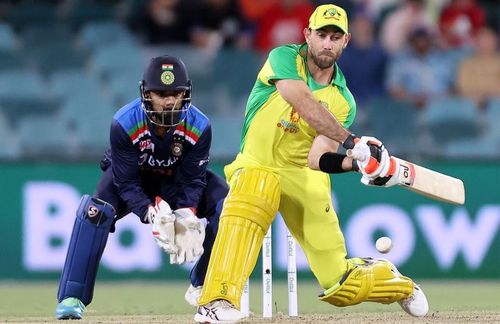
IND V AUS 2020: Glenn Maxwell defends his switch-hit, but why is the shot so controversial?

After Australian legend Ian Chappell deemed the switch-hit ‘blatantly unfair’, Glenn Maxwell responded saying that it was legal and well within the laws of the game. On the contrary, the ‘Big Show’ urged the bowlers to come up with their own plans to counter the switch-hit.
“It (switch-hit) is within the laws of the game, that has always (been there). Batting has evolved in such a way, that it has got better and better over the years, which is why see these massive scores are getting chased down and the scores are going up,” Maxwell said when asked about Chappell’s comments after the third ODI against India.
The 32-year-old used the switch-hit to great effect in the recently-concluded ODI series, including in the final match at Canberra against left-arm spinner Kuldeep Yadav.
Maxwell added that just like batting has evolved, so should bowling.
“I suppose it is up-to the bowlers to try and combat that. The way the batting is evolving, I think the bowling should try and evolve. And we see guys come up with knuckle-balls and wide yorker fields and different tactics. And the tactics of ODI cricket have definitely evolved, so I just see it as a different part of the evolution of the game,” he further said.
Earlier, former Australian skipper Ian Chappell had opined that while playing the switch-hit needs skill, it is not fair for bowlers.
“The Australian batting has been exceptional. They have made it look pretty easy.. particularly (Steven) Smith and Maxwell, some of the shots he plays are to believe. (Switch-hitting) is amazingly skillful, but it’s not fair,” Chappell told the Wide World of Sports.
What’s wrong with the switch-hit?
A switch-hit sees a batsman changing his grip and stance completely. So a left-handed batsman, in effect, becomes a right-hander and vice-versa while playing the switch-hit.
The argument against the switch-hit is that it is unfair to bowlers. While coming into bowl, they have to inform the umpires about their variety of bowling, and the same information would be passed on to the batsmen.
However, when a batsman plays a switch-hit and changes from right-handed to left-handed or the other way round, the bowler has no clue, since this happens just as the bowler is about to deliver. And so while a bowler may be running in to bowl to a left-hander, he may end up seeing a right-hander at the other end.
Is the switch-hit new to international cricket?
Not at all. Flamboyant former England batsman Kevin Pietersen was one of the early proponents of the switch-hit in international cricket, and was equally effective at it. The same controversy that is taking place now arose during KP’s playing days as well.
During a Test match against Sri Lanka in 2012, during which he smashed 151, Pietersen was warned by the umpires as they felt he moved into position to play the shot too early.
"The warning was because I was moving my hands before delivery, but it was no issue. It's a pretty good shot and a scoring option. I'll play that side of the wicket when there's no fielders there,” Pietersen had told BBC Sport back then, defending the shot.
During the match, Tillakaratne Dilshan opted not to deliver the ball when he saw Pietersen preparing to play the switch-hit.
There are no specific ICC laws related to the switch-hit in cricket.